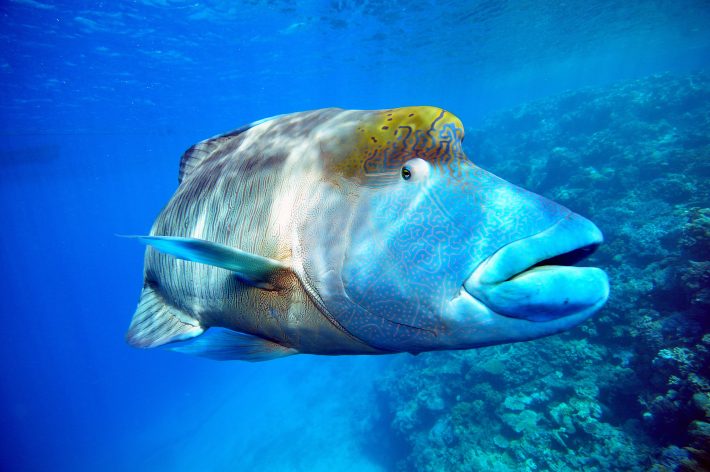eDNA used to identify endangered fish in wet markets
University of Hong Kong press release.
Researchers present a powerful new tool for monitoring trade of endangered fish in Hong Kong wet markets using environmental DNA (eDNA). The findings are published in Methods in Ecology and Evolution,

In a paper recently published in Methods in Ecology and Evolution, researchers in the Conservation Forensics Lab at the University of Hong Kong have outlined a powerful new tool for monitoring trade of rare and endangered fish in Hong Kong wet markets. Using environmental DNA (eDNA) present in the drain runoff water of fish markets, researchers were able to extract and sequence enough DNA to identify over 100 species of fish that had passed through the market.
Barcoding is a common method of species identification, wherein certain regions of an organism’s genome are sequenced and used to identify the organism in question. Each species has its own unique ‘barcode’, which can provide a more reliable form of identification than traditional morphology-based methods.
This technique can be expanded to identifying many species at once (known as metabarcoding) thanks to advanced high-throughput sequencing technology. Even the small amounts of DNA shed from plants and animals into the environment (eDNA) are sufficient for metabarcoding and enable identification of mixed communities of species that may have been present in the area.
In this study, researchers in the Conservation Forensics lab aimed to develop a method for identifying fish species traded in Hong Kong markets that doesn’t rely on having fish taxonomy experts spend hours visually identifying every fish on sale. Further, many fish vendors are often reluctant to permit lengthy inspections of their wares, as endangered and CITES-listed fish species (such as the humphead wrasse) can often be found for sale in Hong Kong markets.
We hope that our method will encourage local authorities to adopt more high-tech solutions to monitoring and combatting the illegal wildlife trade in Hong Kong
The method outlined in the paper compared the two most common types of eDNA capture: filtration and precipitation. In the filtration method, one litre of water collected from the drains in three wet markets was collected and passed through a fine filter, which captured tissue, blood, and other cellular debris holding enough DNA to make an identification of the fish species that shed it. The precipitation method used even less water, enabling identification of fish species present by chemical precipitation of eDNA present in cellular debris from 45 ml of drain runoff.
After the drain water was collected, eDNA was extracted and sequenced and fish species present in the three wet markets investigated over a 5-day period were identified. To confirm the results, an expert fish taxonomist performed a visual survey, and the overlap of species detections were compared.
While it is impossible to be certain about identifying every single species present with either method, the advantages of a DNA-based survey method are numerous. Chiefly, DNA-based IDs can be more reliable than morphological IDs, and this is especially true when fish are sold butchered or belong to certain similar-looking genera and families.
The DNA extraction method outlined in the paper is also very simple and can easily be executed by anyone with basic molecular lab training in several hours. Visual surveys require hours and hours of extensive work by multiple expert taxonomists, which has been a factor holding back rollout of regular surveys in Hong Kong.
Dr John Richards, who led the study, said: “We hope that our method will not only encourage local authorities to adopt more high-tech solutions to monitoring and combatting the illegal wildlife trade in Hong Kong, but also help expand the use of eDNA and metabarcoding further into urban contexts.”
You can read the full article here:
https://besjournals.onlinelibrary.wiley.com/doi/abs/10.1111/2041-210X.13842
Like what we stand for?
Support our mission and help develop the next generation of ecologists by donating to the British Ecological Society.